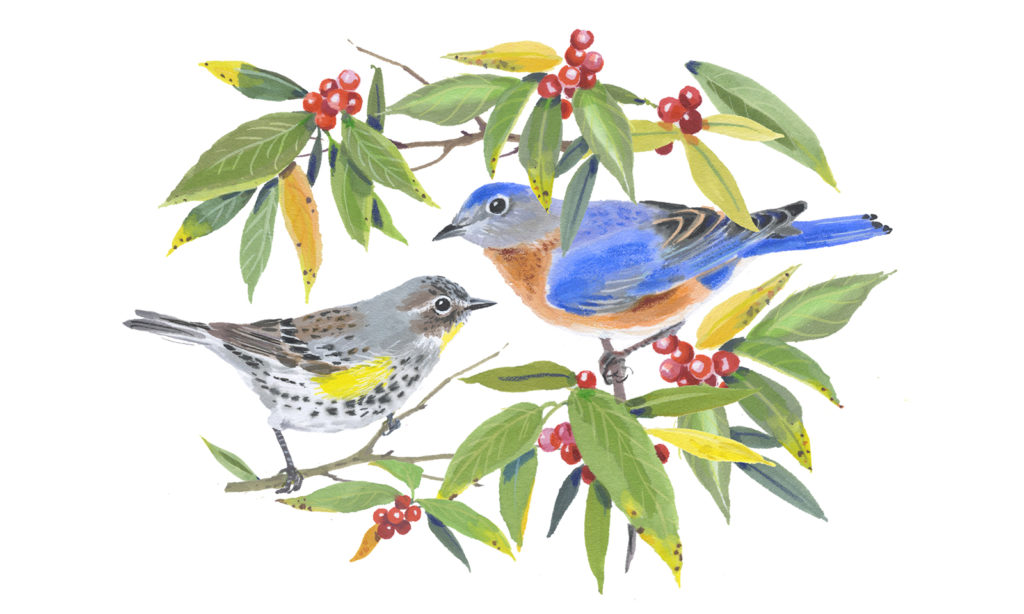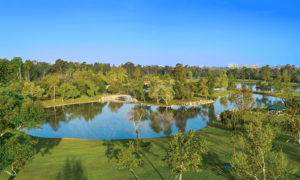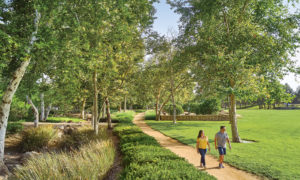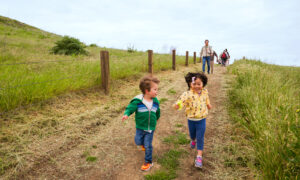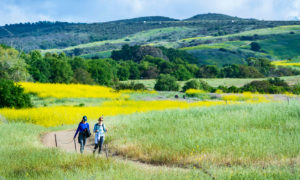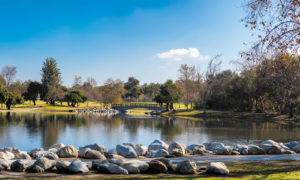
Here’s something fun to do with your family this weekend: Take this guide to a park and see how many birds you can spot.
Watching birds is gratifying at so many levels. You don’t have to travel far. You can enjoy it at any pace, from recreation to scientific pursuit. You can include family and friends.
Fall is a perfect time to explore Irvine’s open space preserves and parks. Wildlife is taking advantage of autumn fruits and seeds. Plants are responding to shorter daylight hours. Their green chlorophyll is breaking down, and their colors are shifting to yellow, dark red and brown. Some birds are arriving, resting here before continuing to migrate south. You’ll find them in the preserves, as well as parks and backyards.
Bird-watching comes with benefits. It encourages patience and mindfulness. It builds our sense of community. And getting outdoors improves our health.
Jenny Rigby, director of Acorn Group, is an award-winning environmental planner, teacher and writer.

